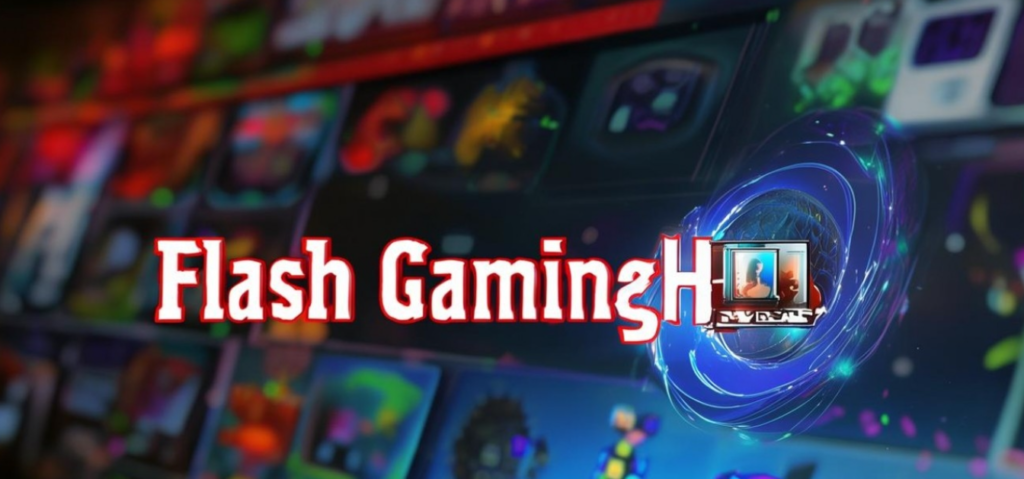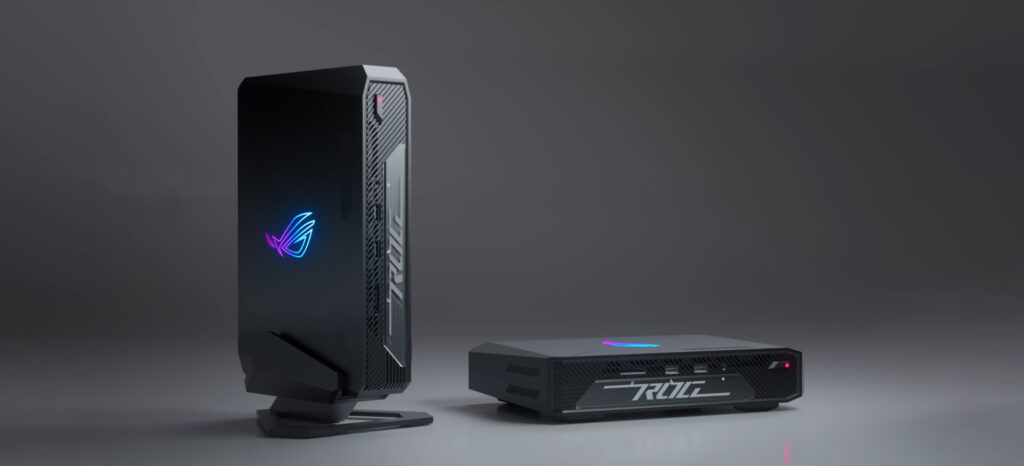Flashline: A Nostalgic Gateway to Flash Gaming Revival
In the post-Adobe Flash era, Flashline has emerged as a unique gaming platform dedicated to preserving and revitalizing classic Flash games while adapting to modern technological demands. This article explores Flashline’s role as a bridge between retro browser gaming and contemporary accessibility, highlighting its curated library, technical innovations, and cultural significance.

1. Flashline as a Curated Flash Game Hub
Flashline’s primary identity revolves around its Flash Games portal (game.flash.cn), hosting a diverse library of over 100 browser-based titles spanning genres like MMORPGs, strategy, and casual puzzles. Key highlights include:
- Genre diversity: From RPGs like Legendary Era 2 to action-packed titles like Stickman Infinity, the platform caters to both hardcore and casual gamers.
- Nostalgic appeal: Classics such as Fireboy and Watergirl and Gold Miner coexist with modernized entries like Justice Gunfight, offering a blend of retro charm and updated gameplay.
- Cross-platform accessibility: Flashline supports desktop and mobile play through lightweight clients, bypassing traditional app store downloads.
Unlike defunct platforms, Flashline continuously updates its catalog, adding server-specific versions to sustain multiplayer engagement.
2. Technical Adaptation: Overcoming Flash’s Obsolescence
Since Adobe discontinued Flash Player in 2020, Flashline has adopted creative solutions to keep games alive:
- Photon Flash Player: Mobile users install this third-party emulator to replicate Flash environments. Customizable touchscreen controls (e.g., parameter settings like 4, game, 2, 2, off) mimic traditional mouse inputs, ensuring retro games remain playable on modern devices.
- HTML5/WebGL conversions: Select titles, such as Stickman Infinity, are rebuilt using modern web standards, ensuring compatibility with updated browsers.
- Dedicated clients: PC/Mac clients bundle games with embedded emulators, simplifying access for non-technical users while retaining Flash’s signature instant-play appeal.
These innovations address compatibility challenges without compromising the lightweight, quick-loading essence of Flash games.
3. Game Library: A Blend of Legacy and Innovation
Flashline’s catalog reflects Flash gaming’s golden age while embracing modern trends:
- MMORPGs: Titles like Dark Angel feature auto-battle mechanics and guild systems optimized for short play sessions, appealing to mobile-first gamers.
- Casual staples: Games like Zen Doudizhu and Super Pool Master leverage Flash’s quick-loading strengths for bite-sized entertainment, ideal for on-the-go play.
- Strategy hybrids: Abyss Chronicles combines roguelike elements with tower defense, showcasing Flash’s adaptability to complex mechanics.
The platform avoids shovelware by curating titles with polished UIs and stable servers—a rarity in the fragmented Flash preservation scene.
4. Cultural Impact: Preserving Digital Heritage
Flashline’s mission extends beyond gaming:
- Historical preservation: The platform archives Flash animations, SWF templates, and developer tools, safeguarding early-2000s internet culture from obsolescence.
- Educational value: Games like Plant vs. Monsters introduce younger players to pre-mobile casual gaming paradigms, fostering appreciation for retro design.
- Community building: Forums and VIP memberships connect retro enthusiasts and indie developers, creating a space for collaboration and nostalgia-driven creativity.
This aligns with broader initiatives like BlueMaxima’s Flashpoint but distinguishes itself through commercial viability via microtransactions and ads.
5. Challenges and Future Directions
Despite its successes, Flashline faces hurdles:
- Security risks: Third-party emulators like Photon Flash Player may expose users to malware, necessitating stricter vetting and native solutions.
- Performance limits: Complex 3D games (e.g., Justice Gunfight) strain Flash’s capabilities, prompting partnerships with Unity-based developers for hybrid projects.
- Market competition: Platforms like Steam and TapTap increasingly host Flash-inspired indies (e.g., Line Slash), challenging Flashline’s niche.
To thrive, Flashline could:
- Integrate Web3 features, enabling NFT-based ownership of rare Flash assets.
- Develop AI upscaling tools to remaster low-res sprites for 4K displays.
- Partner with schools to promote Flash game development as a gateway to coding education.

Conclusion: Flashline’s Dual Legacy
Flashline embodies a dual mission: honoring Flash’s role as a democratizing force in game development while innovating to stay relevant. By blending nostalgia with modern tech, it offers a unique window into gaming history—one where Gold Miner and Stickman Infinity coexist with contemporary hits. For developers, Flashline proves that even “obsolete” technologies can find new life through adaptability and community-driven passion.
As the platform evolves, it may redefine retro gaming not as a relic, but as a living, evolving art form—a testament to creativity’s timeless appeal.

